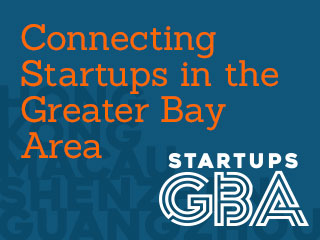What Is Pain Driven Design (PDD)?
The PDD methodology requires that, before you start design for a product or feature, you need to figure out what is causing pain for your users and potential users. The desired outcome of PDD is to make that pain go away by some brilliant method of your devising. You then check to make sure you made their pain go away without causing them any more pain.
This is a good post to read for anyone doing development. Sometimes we all get stuck in the ruts of normal design approaches, so thinking about it from a different perspective can make the difference of good and great.


